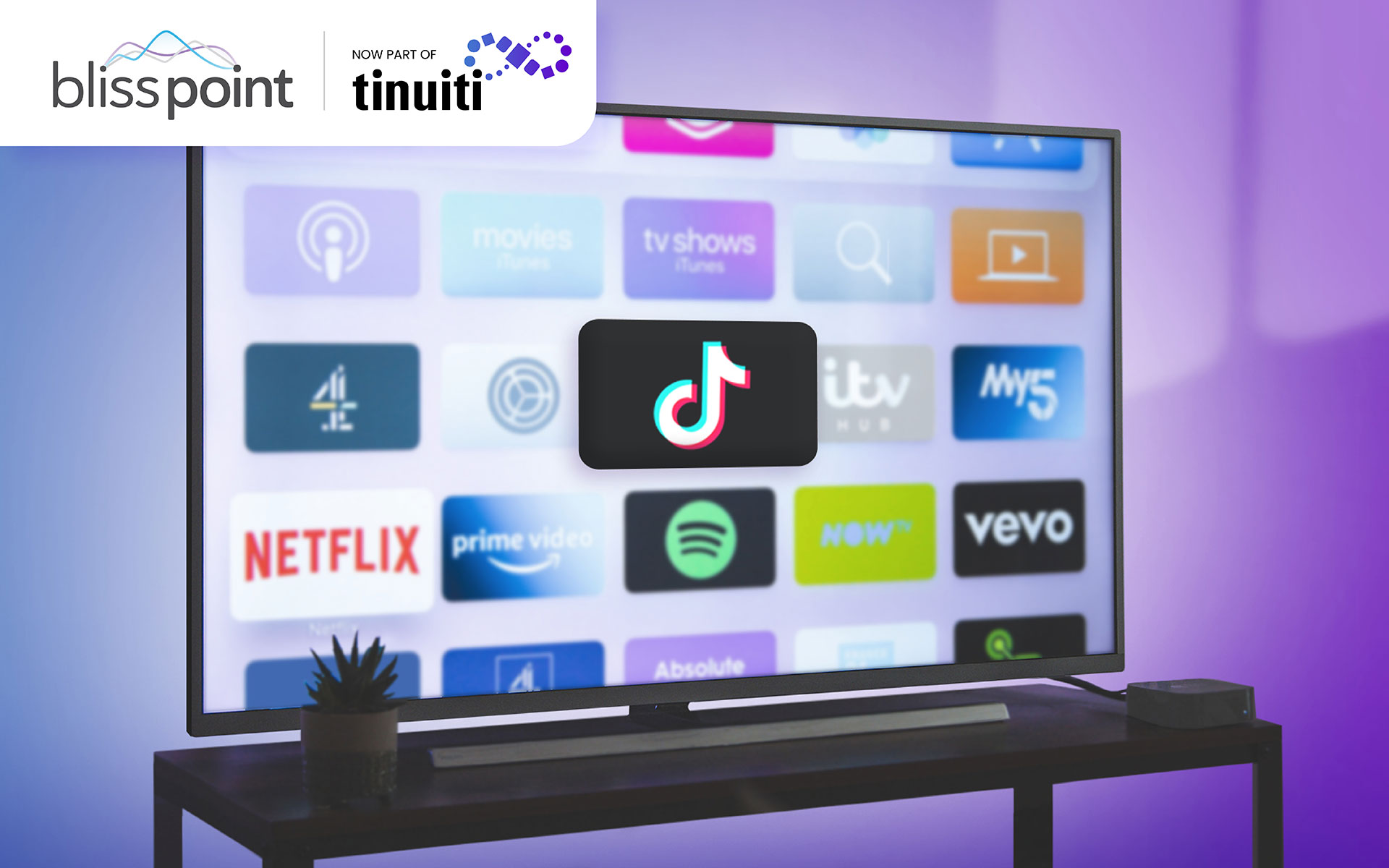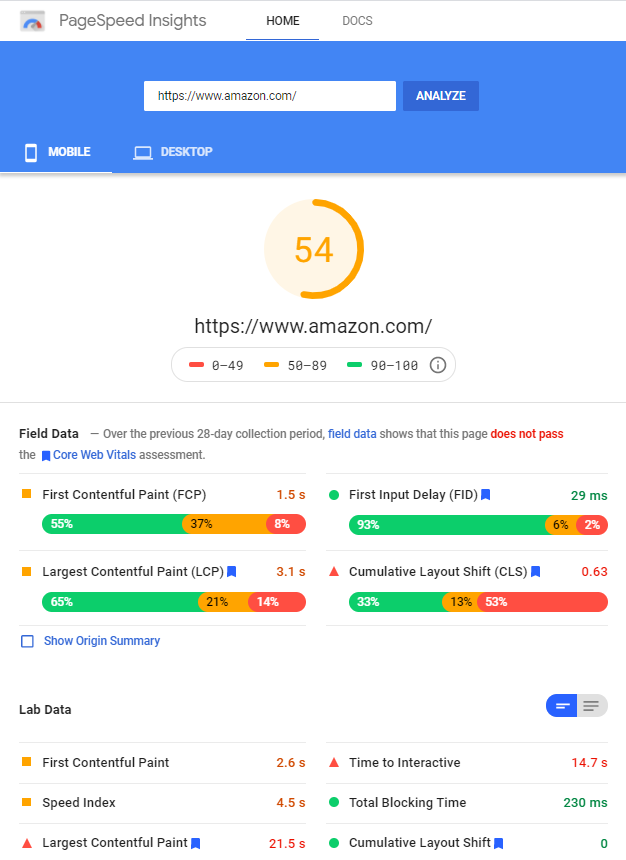
We told you back in March about TikTok increasing the maximum allowable length of videos on its platform, and how this brought it into more direct competition with other major video platforms:
It would be foolhardy to dismiss TikTok’s CTV ambitions given the sheer speed and force with which it’s won users’ hearts and minds and asserted itself as a credible competitor to the largest tech platforms in the world. But given the major gaps in its CTV portfolio, it seems highly unlikely to be competing with Netflix and Disney+ for big CTV budgets at the end of this year. | Insider
- Distribution – Thus far it has struck deals with Amazon Fire TV and Vizio to distribute its app, but it will need deals with other big players like Roku, Samsung, and Google (a CTV rival) to achieve full scale
- Brand Safety – Advertisers are justifiably leery about user-generated content, which is the vast majority of what exists on TikTok. It will need to create tools that give advertisers confidence their ads will appear in brand-safe contexts.
- Measurement – Brand advertisers need detailed data about audience delivery, ideally from an accredited, trusted third party; performance advertisers need detailed data allowing them to make confidence inferences about causal effects on business outcomes. As yet, TikTok has not presented solutions for either group.
- User Experience – TikTok has taken over the world with portrait-mode video; CTV is a landscape-mode medium. It’s also not clear whether TikTok’s famously addictive user experience will translate well from mobile to the less interactive CTV form factor.
- Ad Sales – As Netflix has reminded the world, ads don’t sell themselves. YouTube has been able to rely on the formidable Google sales team as it’s made its dash for TV dollars; TikTok will need to replicate this infrastructure in some form.
…it will bring TikTok into more direct competition with YouTube. The pattern that’s emerging is major video platforms meeting in the middle: while TikTok is pushing into longer form content, Instagram and YouTube are hurriedly pushing into short form with Reels and Shorts, respectively.
It should thus come as no surprise that TikTok has set its sights on winning a share of the billion U.S. TV ad market, largely following a playbook pioneered by YouTube for the same purpose. TikTok starts with a huge advantage in terms of awareness and user interest (being the most visited site in the world certainly helps), but to make a significant push into CTV it will need to solve several problems:






